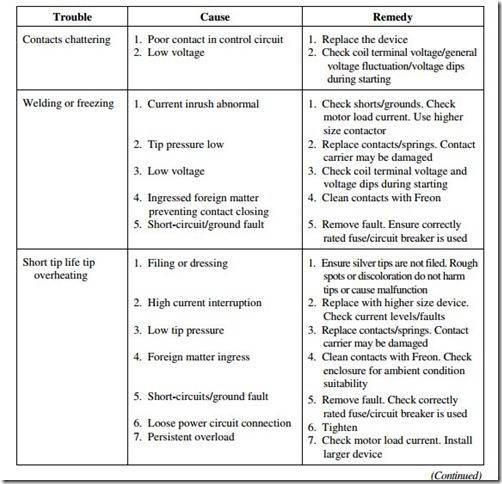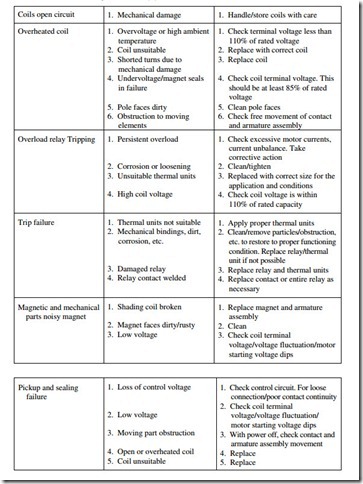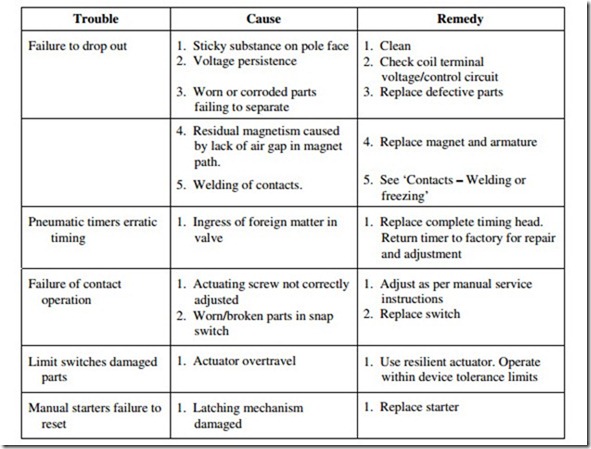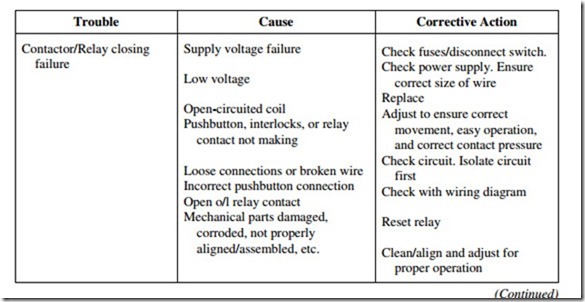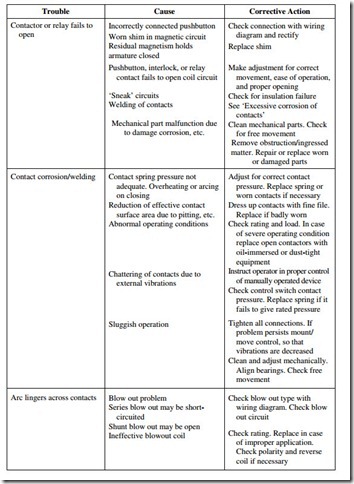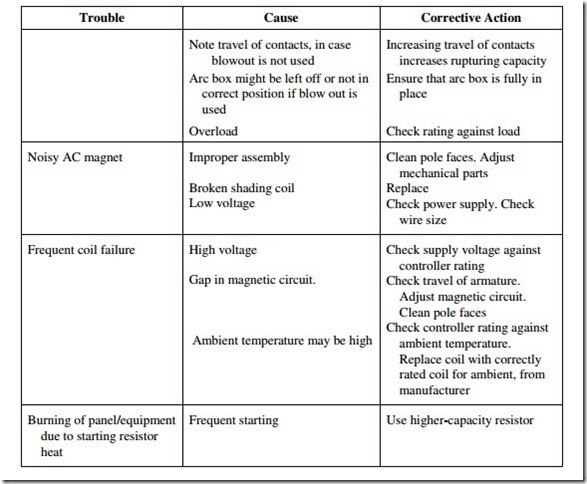Motor failures and methods to extend its life
The trouble free operation of induction motors over the greater part of their service life, which in many instances, exceeds that of driven equipment, requires little more than regular and routine maintenance chores. Regular cleaning, correct lubrication, and proper maintenance, is all that is required to ensure a consistently high level of performance from a motor, that is correctly selected and properly installed.
In essence, the useful service life of a motor is largely a function of the quality of maintenance. Maintenance is all the more important, in the context of the present-day motors as they are precisely designed to exact ratings and optimized parameters. Hence, any lapse in the proper maintenance of the motors is likely to affect the performance.
It has been established through field experience that the majority of the failures occur
because of the following:
• Insulation failures
• Rotor-bar failures
• Mechanical problems.
The maintenance program for a motor is given as follows:
1. Periodic inspection of motor. Accurate shaft alignment. For directly coupled motors, shaft alignment between load and motor shaft should be proper. In case of belt-type system, check for belt condition, belt tension.
2. Check motor heating. If motor heats up quickly, check and clean air filters.
Therefore, the airflow will be adequate.
3. Keep motor clean and free from dirt and oil.
4. Check for dampness around the motor or inside the motor. This can reduce insulation strength of motor winding. As far as possible, keep motor dry internally as well as externally. Also, run motor for few hours if not in use for a long time so that moisture dries.
5. Check bearing condition on a regular basis. Bearing should be lubricated with prescribed lubricant. At the same time, keep in mind that lubrication should be always done in proper quantity. Excess as well as lesser quantity can do harm.
6. Check for any abnormal noise or excess vibrations from motor or coupling.
Do vibration analysis if necessary.
If the above guidelines are followed, the motor will remain problem free.
Motors driven by variable speed drives have specific requirements for correct performance such as special cooling, bearing insulation, use of terminal filters to absorb high voltage pulses, etc. In the case of retrofitted drives, the manufacturer needs to be consulted and any
additional measures recommended need to be incorporated to avoid failures of motor.
